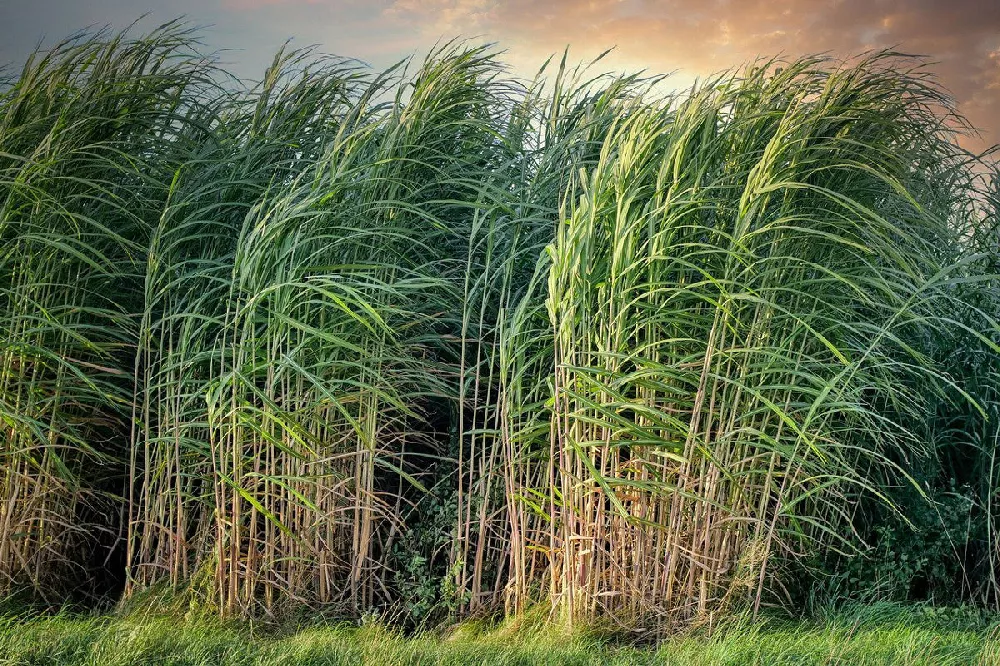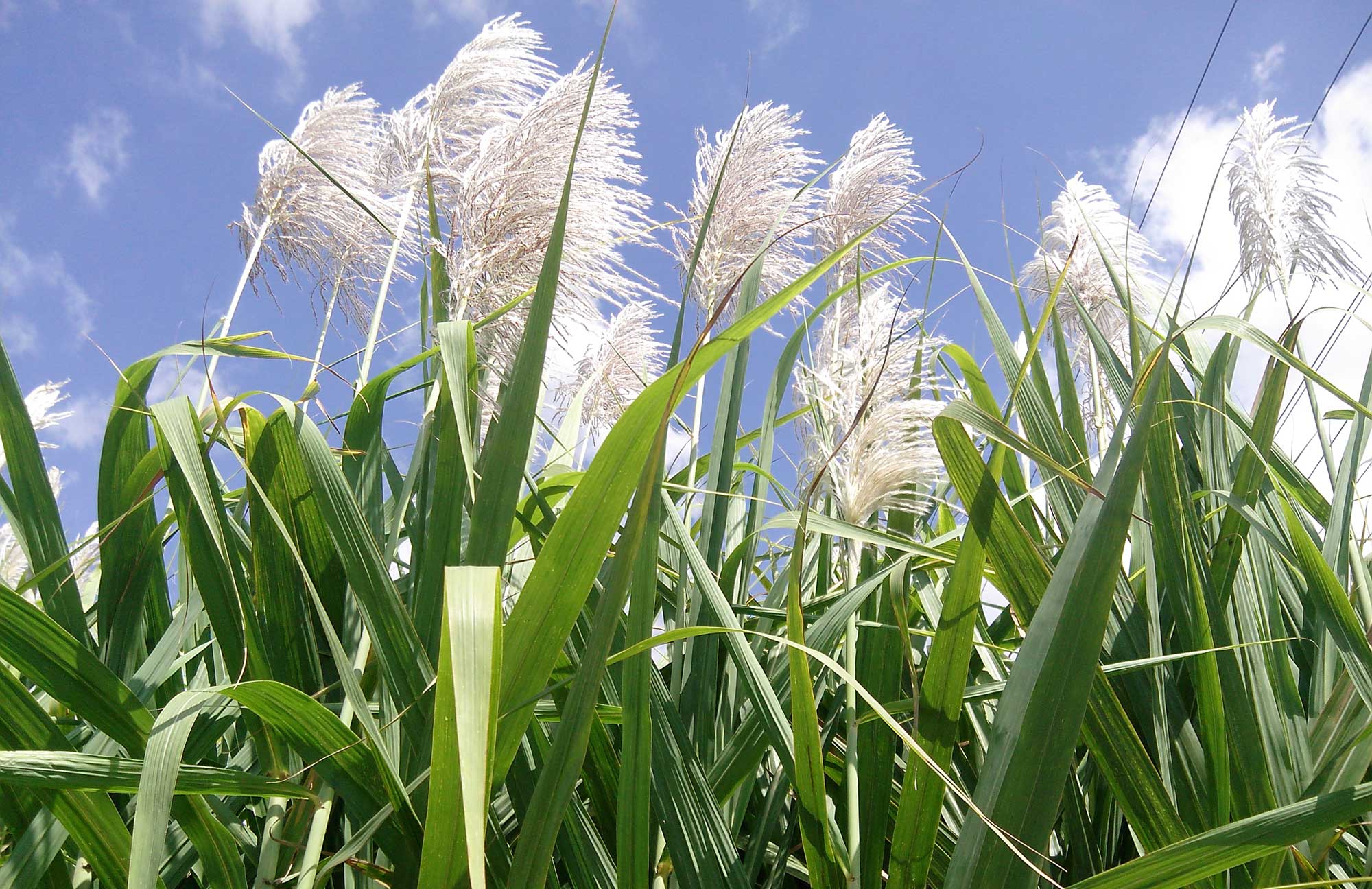Discover the Health Benefits of Sugar and Cane in Your Diet
Wiki Article
Why Walking Cane Sugar Handling Chemicals Are Crucial for Modern Sugar Refining
The duty of walking stick sugar handling chemicals in contemporary sugar refining can not be overemphasized, as they are essential to boosting both the efficiency of removal and the general top quality of the final item. Representatives such as phosphoric acid and certain flocculants are used to remove impurities, leading to sugar that not just meets customer assumptions but likewise follows industry requirements. Nonetheless, the ramifications of these chemicals extend past quality, touching upon market dynamics and ecological considerations. This increases crucial inquiries regarding the sustainability of such techniques and their effect on the future of sugar production.Role of Handling Chemicals
The efficiency of walking cane sugar handling hinges significantly on the calculated application of processing chemicals. These chemicals play an essential function in improving the efficiency and top quality of sugar removal and refining. From the first phases of juice removal to the final purification steps, processing chemicals promote different vital operations.In the extraction stage, chemicals such as phosphoric acid and calcium hydroxide are employed to optimize the clarification procedure, aiding to eliminate pollutants and suspended solids from the walking cane juice. This not just improves the return yet additionally makes sure the clearness of the final product. Additionally, representatives like flocculants help in the rapid settling of impurities, consequently improving the general process.
As the processing developments, chemicals are used in decolorization and crystallization phases. Turned on carbon and ion exchange materials serve to eliminate shade and odor, making certain that the polished sugar meets customer high quality standards. Inevitably, the function of handling chemicals prolongs past operational performance; they considerably influence the sensory qualities of the end product, adding to market competitiveness. Hence, the careful choice and application of these chemicals are important for attaining ideal end results in walking stick sugar processing.
Trick Sorts Of Chemicals
Walking stick sugar handling depends on a variety of vital chemicals that help with each phase of manufacturing. These chemicals play important functions in clarifying, whitening, and detoxifying the sugar removed from cane.One primary classification of chemicals includes flocculants, such as polyacrylamide, which aid in the clarification process by promoting the aggregation and settling of pollutants. Additionally, calcium hydroxide is commonly used to neutralize acidity and help in the removal of non-sugar components.
Bleaching agents, such as triggered carbon and sulfur dioxide, are utilized to decolorize the syrup, leading to a more clear end product. These chemicals assist get rid of shade substances that might influence the sugar's look and bankability.
Moreover, phosphoric acid serves as a pH regulator during the processing phases, ensuring optimal problems for the chemical tasks associated with sugar removal and filtration.
Other important representatives include edta (ethylenediaminetetraacetic acid), which chelates steel ions that might catalyze undesirable reactions, and salt hydroxide, which helps in pH control throughout the refining process. Jointly, these chemicals boost performance and make sure a high-grade walking stick sugar product.
Benefits for Sugar Top Quality
Frequently forgotten, making use of particular handling chemicals substantially enhances the general quality of walking cane sugar. These chemicals play an essential function in refining procedures, guaranteeing that the last product meets stringent market criteria for purity and preference.
In addition, refining chemicals aid in attaining a regular granulation and appearance, which are critical for customer approval. By managing the condensation process, these chemicals guarantee that the sugar crystals develop uniformly, leading to an extra enticing item that liquifies well in different applications.
Furthermore, using these chemicals can improve the service life of walking cane sugar by decreasing moisture absorption and microbial development. On the whole, the strategic application of handling chemicals is crucial for supplying high-grade walking stick sugar that meets customer expectations and sector demands.
Environmental Effect Factors To Consider

In addition, the energy-intensive nature of sugar refining, worsened by chemical use, frequently causes raised carbon exhausts. This adds to climate adjustment and increases worries regarding the sustainability of present refining practices. Additionally, the sourcing of these chemicals might involve methods that endanger biodiversity, such as monoculture farming, which reduces the strength of farming ecosystems.

To reduce these impacts, sugar refiners are progressively discovering sustainable alternatives and embracing best practices that minimize chemical use. Carrying out strenuous ecological monitoring systems can assist make sure that the refining procedure straightens with ecological standards and advertises biodiversity. Inevitably, a balanced technique that focuses on both sugar high quality and ecological stewardship is vital for the long-term stability of the sugar sector.
Future Fads in Refining
As the sugar sector faces the ecological challenges connected with conventional refining methods, cutting-edge techniques are emerging to improve both efficiency and sustainability. One significant fad is the adoption of environment-friendly chemistry concepts, which prioritize making use of non-toxic, biodegradable processing chemicals. This change not just lessens ecological impact check my reference but additionally addresses customer demand for cleaner manufacturing techniques.Another encouraging development is the execution of advanced filtering technologies, such as membrane layer splitting up and adsorption processes. These strategies improve the quality and high quality of the sugar while lowering the volume of wastewater produced throughout refining. In addition, the integration of electronic technologies, including IoT and AI, is changing operational effectiveness by enabling real-time tracking and anticipating upkeep, hence reducing source waste.
Furthermore, the use of by-products from sugar refining, such as bagasse and molasses, is obtaining traction. These products can be converted right into biofuels or value-added products, adding to a round economy within the market. Jointly, these fads signal a change towards more sustainable practices that not only improve functional efficiency but also line up with worldwide sustainability goals, ensuring the future viability of sugar refining.
Conclusion
Walking stick sugar processing chemicals are vital in contemporary sugar refining, significantly enhancing the efficiency and top quality of sugar removal. The critical use these chemicals not just enhances the pureness and taste of the end product but additionally makes certain regular formation and structure. As the industry increasingly prioritizes sustainability, the fostering of environmentally-friendly handling agents is likely to shape future trends in refining, inevitably bring about better products and extended service life for customers.
Ultimately, a balanced technique that focuses on both Home Page sugar high quality and ecological stewardship is vital for the lasting viability of the sugar market.
Walking stick sugar handling chemicals are important in contemporary sugar refining, dramatically enhancing the effectiveness and high quality of sugar removal.
Report this wiki page